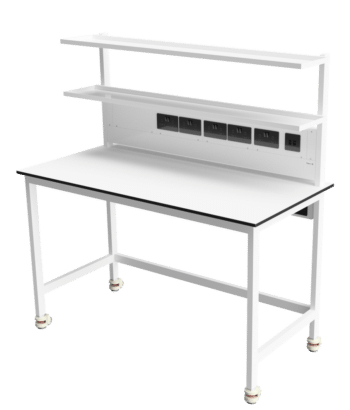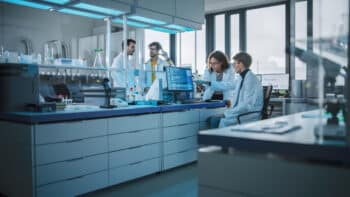[vc_row equal_height=”yes” content_placement=”middle”][vc_column][vc_column_text]As many as a quarter of all chemical incidents occur because of incorrect storage, leading to reactions between substances. These incidents are easily preventable if safety and chemical segregation rules are carefully followed. It is important to ensure that all members of your laboratory team have up-to-date training on the proper storage of chemicals and how to achieve safe chemical segregation.
Proper chemical storage goes far beyond simply having a fume hood and separating corrosives and solvents. It is important to identify incompatible chemicals in your lab and design your chemical storage to suit the substances you work with. We’ve put together this guide to safe chemical segregation, so you can identify dangerous chemical combinations in your lab and protect against a chemical incident due to unsafe storage.
Quick Navigation
- Incompatible Chemicals
- Designing Your Storage
- Storage
- Construction
- Stock Control
- Beware the Exceptions
Incompatible Chemicals
Incompatible chemicals are substances that produce a reaction when they come into contact with each other. In an uncontrolled environment, a reaction can cause serious damage or even be fatal. Chemicals that react to produce heat, pressure, fire, explosion or another type of violent reaction are deemed to be incompatible and should be stored carefully to prevent uncontrolled mixing.
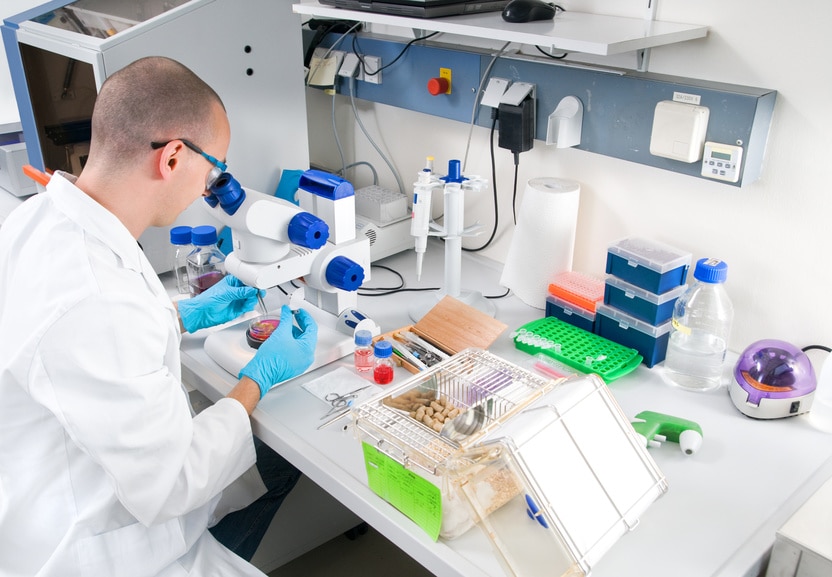
The key chemicals to keep separate from each other are strong acids and strong bases, as well as strong oxidisers and organic or flammable materials. There are various classes of chemical that require segregated storage, including:
- Acids
- Bases
- Highly-flammable liquids
- Chlorinated solvents
- Noxious chemicals
- Toxic chemicals and poisons
- Oxidising reagents
- Highly reactive compounds
- Regulated chemicals
- Radioactive materials
Not all of these chemicals must be kept away from each other, but it is important that some combinations are kept separate. These include strong mineral acids, which must be stored away from strong bases, and highly-flammable liquids, which should be stored alone. The surest way to check for incompatible chemicals is to consult the Safety Data Sheet (SDS) for each chemical, as that will tell you which family it belongs to and list incompatible substances. Whilst it’s usually enough to divide chemicals based on generic hazard groups, err on the side of caution and check any chemicals you are not sure of.
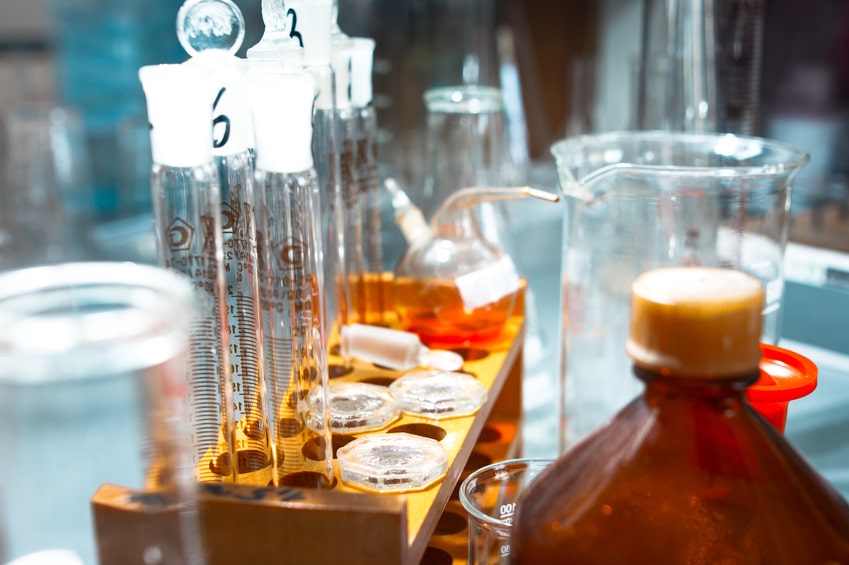
Designing Your Storage
When it comes to designing the storage areas in your lab, it’s important to make chemical incompatibility a primary consideration. Keep the following recommendations in mind when you’re planning your storage facilities to protect your lab from a dangerous reaction between incompatible substances.
Storage
Segregating chemicals may require little more than physically dividing incompatible chemicals in separate storage cupboards. These cupboards may need specific properties, such as being fireproof, or may just provide separation by means of distance. Some chemicals may need special conditions, such as being stored under nitrogen to exclude air and moisture or being stored at a controlled temperature. All storage facilities should be able to support the weight of the stored materials and be easy to clean.
Construction
Materials of construction are important when it comes to ensuring safe chemical segregation. Corrosive materials should always be stored in areas that are resistant to their corrosive nature unless the storage area is lined with a resistant material. For example, wooden shelves are not suitable for storing corrosives or oxidisers. Glass shelves should also be avoided when it comes to chemical storage, as they can be easily shattered and are not resistant to some substances, such as hydrofluoric acid. Metal shelving and cabinets may need to be treated to prevent attack by certain corrosive substances.
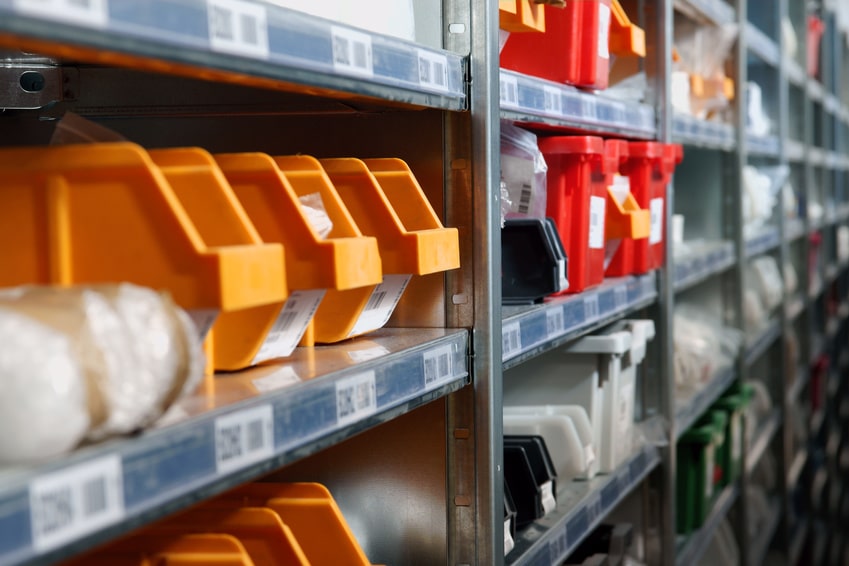
Secondary containment measures should also be taken, to prevent spillage or leakage within the confines of the store cupboard. This usually takes the form of a ‘bunded’ (or lipped) shelf that prevents any spilt materials from spreading. Safepaks can also be used, which are plastic over-packing containers that create an extra level of separation for, particularly dangerous substances. If you work in an area that is seismically active, extra precautions should be taken to ensure all chemicals remain segregated in an emergency.
Stock Control
Good housekeeping is essential for maintaining chemical segregation. All chemicals should be properly labelled, to prevent any contamination occurring through a substance being placed in the wrong container. Similarly, ensuring all containers are properly cleaned after use will ensure that no cross-contamination occurs. All workbenches should be kept clear of chemicals, and nothing should ever be stored under the fume hood when not in use.
Beware the Exceptions
When keeping chemicals separate, you should remember that not all chemicals adhere to the rules of the compatibility matrix. Some chemicals fall into two or more groups, and when this happens it can be helpful to seek expert advice about their storage.
Achieving safe chemical storage in your lab may require specialist equipment and design to ensure the separation of incompatible chemicals is maintained at all times. If your lab needs updating or refitting to make sure chemicals can be stored safely, why not see if the team at InterFocus can help? For more information about our bespoke fitted labs, visit our homepage or call our friendly and knowledgeable team on 01223 894 833.

